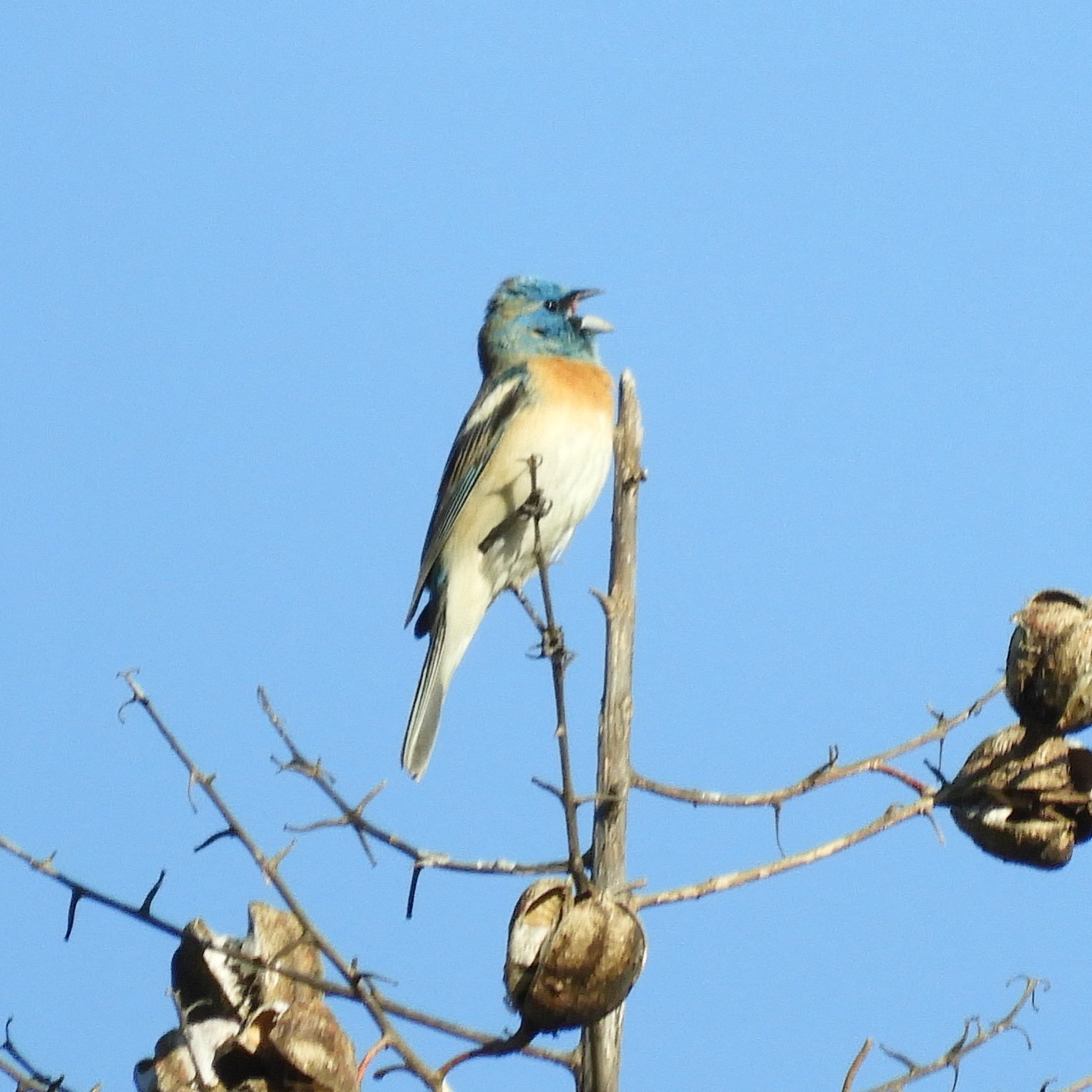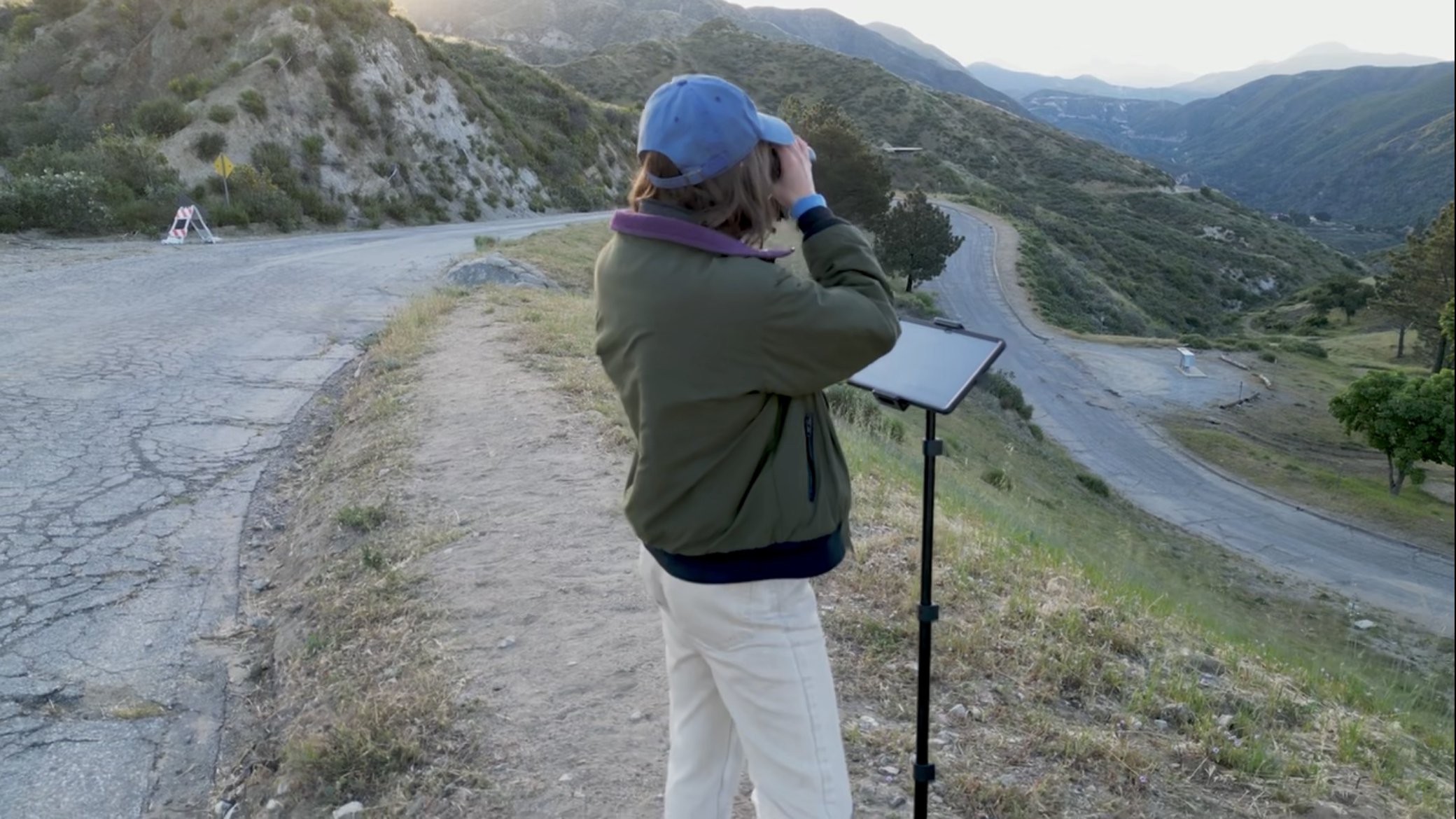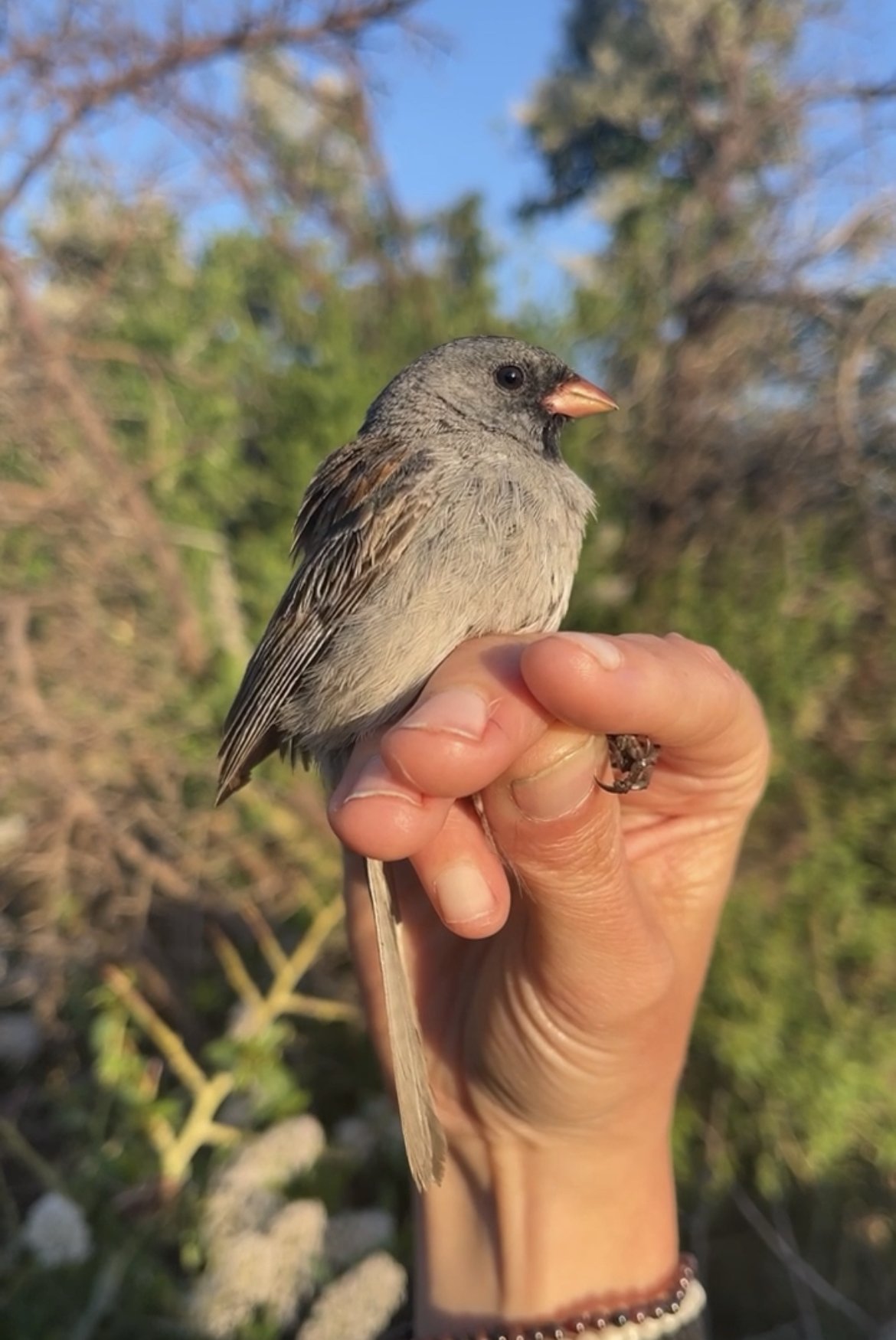Research
EVOLUTIONARY DIVERGENCE IN RED WARBLERS
The Mexican Highlands are a biodiversity hotspot, and studies of bird species have helped explain this region’s biogeography, including connections among mountain ranges and the timing of species divergence. Red Warblers form a complex with Pink-headed Warblers, and their distribution throughout the Mexican Highlands makes them an interesting lens through which to understand regional biogeography.
Prior genetic work with mitochondrial DNA (mtDNA) found that one Red Warbler subspecies in the Sierra Madre del Sur (C. r. rowleyi) comprises a mosaic of divergent haplotypes suggesting gene flow linking the Transvolcanic Belt to the Oaxacan Highlands through the Sierra Madre del Sur, which is an unusual biogeographic pattern for this area.
We assessed phenotypic and genetic variation among Red Warblers and Pink-headed Warblers to understand (1) whether this genetic trend is reflected in phenotypic characters; (2) whether nuclear markers (UCEs) support the mtDNA cline.
We also present an overall portrait of genetic and phenotypic variation in the Red Warbler and Pink-headed Warbler species complex, including a UCE phylogeny and timetree for divergence.
I presented this work at the 2022 American Ornithological Society and Birds Caribbean annual conference in San Juan, Puerto Rico.
Manuscript in preparation: Divergence with gene flow in Red Warblers across the Mexican Highlands. Kelsey R. Reckling, Whitney L.E. Tsai, Ryan S. Terrill, Emma M. White, Adolfo G. Navarro, John E. McCormack.
BEAR DIVIDE: BIRD MIGRATION AT DAWN
Bear Divide is narrow pass in the San Gabriel Mountains just outside of Los Angeles, that is home to spectacular dawn flights of migrating birds in the spring. With thousands of migrants funneling through a narrow divide, this is a truly unique place to view this biological phenomenon.
I began counting migrating birds at this site in 2020. In 2021, the Moore Laboratory of Zoology at Occidental College began an official count to quantify the numbers and identities of birds migrating through Bear Divide. I served as a lead counter in the 2021 and the 2022 seasons, and as the organizer and lead counter for the 2023 & 2024 seasons.
I have presented this work at the 2023 Western Bird Banding Association annual conference and the 2024 American Ornithological Society annual conference.
MEXICAN BIRD RESURVEY PROJECT
The mission of the Mexican Bird Resurvey Project is to understand how massive habitat changes over the last 100 years have affected the distributions and genomes of birds at 50 sites throughout Mexico that were originally sampled by Chester C. Lamb in the 1930s through 1950s.
We are able to compare historical and modern populations of hundreds of species across Mexico using Lamb’s collections as a baseline for what the birdlife in Mexico was like just prior to a major period of industrialization. We will compare this baseline to today, using citizen-science records from eBird to assess change to bird distributions as well as modern museum specimens to look for changes to birds’ DNA.
I have contributed to several aspects of this project including field work during an expedition to the Yucatán; lab work for the genomic portion of this project; cleaning data, checking historical and modern maps for all species included in the computational occupancy modeling portion of this project.
Manuscript in preparation: 90 year resurvey reveals rapid loss of avian diversity throughout Mexico. Ryan S. Terrill, Morgan W. Tingley, Adolfo G. Navarro, A. Townsend Peterson, Vicente Rodríguez, Humberto Antonio Berlanga García, Whitney L.E. Tsai Nakashima, Kelsey R. Reckling, John E. McCormack.
GEOGRAPHIC VARIATION IN BLACK-CHINNED SPARROWS
I measured museum specimens from the Mexican population of Black-chinned Sparrows, where they are supposedly sedentary, to investigate the ecomorphological correlates of migration distance. Measurements included wing chord, Kipps’ Distance, tarsus, tail, bill length, depth, and width.
Future directions of this project include measuring birds from the Baja/U.S. population, which are migratory.
Research Skills and Experience













